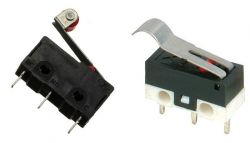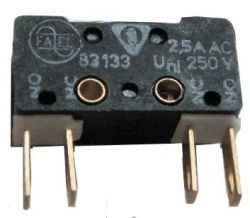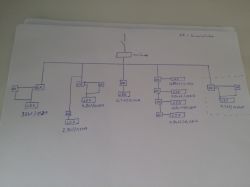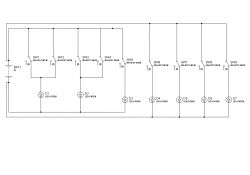Hi.
I need to install a few limit switches for LED lighting, but I am not sure how they work.
The best solution for me would be if the limit switches were pressed in on one pin and released on the other.
In the descriptions of the auctions on the known auction site you can read, for example:
or
And the question is following - if the limit switch is not pressed, does the voltage follow one pin, and when it is pressed, then the other?
In some variant, does it completely cut off?
How to decode these markings at auctions?
We are talking about something like in the attached picture:

I need to install a few limit switches for LED lighting, but I am not sure how they work.
The best solution for me would be if the limit switches were pressed in on one pin and released on the other.
In the descriptions of the auctions on the known auction site you can read, for example:
Quote:Contact configuration: NO + NC
Switching method: ON- (ON)
or
Quote:Three pins: CN NC COM.
And the question is following - if the limit switch is not pressed, does the voltage follow one pin, and when it is pressed, then the other?
In some variant, does it completely cut off?
How to decode these markings at auctions?
We are talking about something like in the attached picture:






